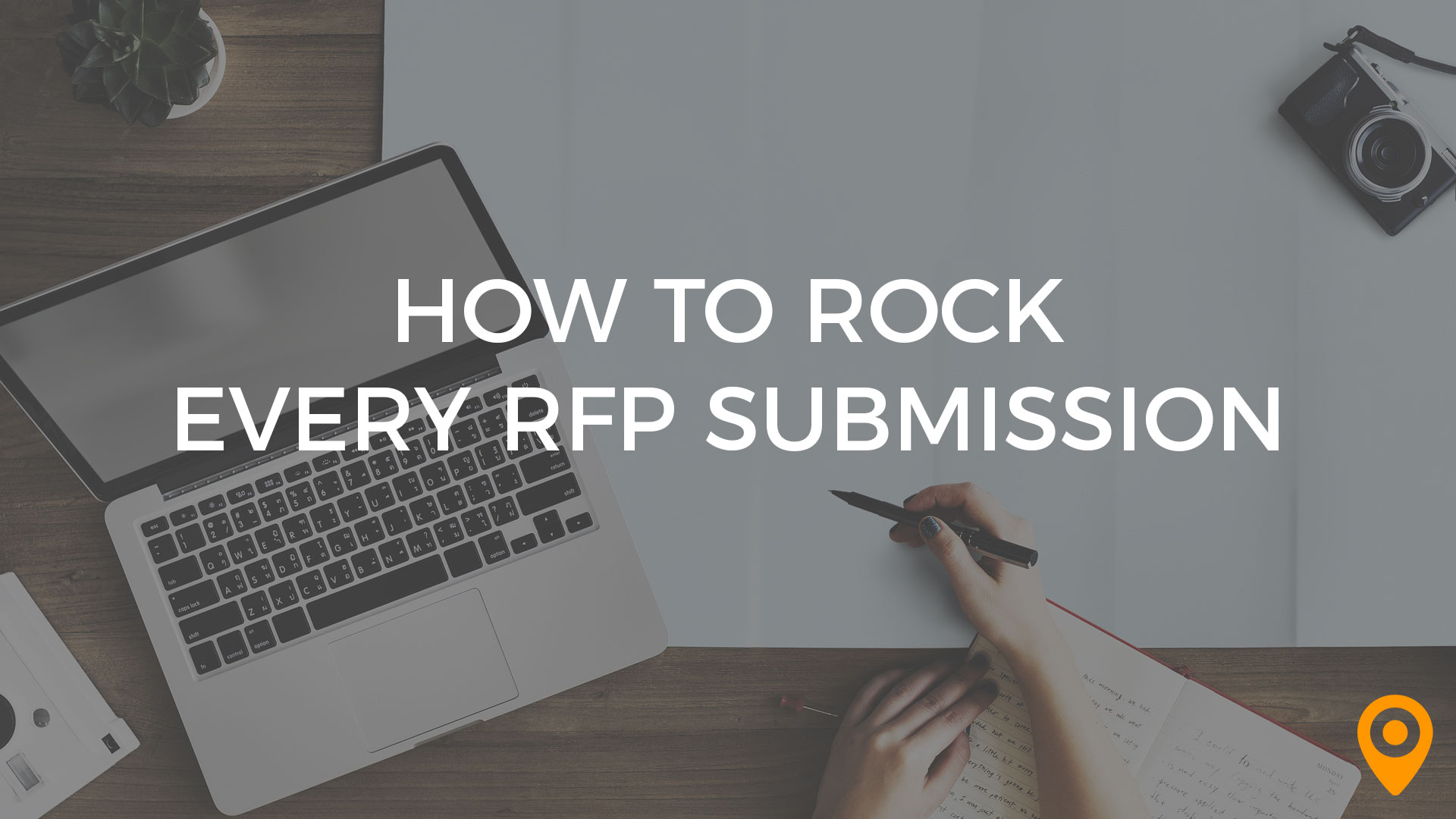https://upcity.com/wp-content/uploads/2018/03/rfp-submission.jpg [ad_1]

A Request for Proposal (RFP) can sometimes be a necessary evil. You know that you’re one of several companies submitting detailed answers to questions— often to people you have never even met in person.
I’ve been one of those anonymous prospective clients, devising those questions. I’m sorry if I caused you unnecessary suffering. But now you can have the benefit of the view of the RFP process through a client’s eyes.
First, Some Warning Signs
Be wary of RFPs that:
- You receive as part of a mass e-mail. The sender may just be looking for free ideas or casting out a giant net without really knowing what he or she is asking for.
- Do not give you an opportunity to speak to anyone at the prospective client company.
- Give you an irrational timeframe for completion. It’s a harbinger of how the company may operate if you get the assignment.
- Come from purchasing departments. Although that is now common practice at large companies, you need to know how the ultimate decision will be made. Make sure a marketing professional is part of the process. Which leads to the next tip.
Get to Know Who You’re Pitching and Why
- Great clients respect marketing service providers who are curious about their companies. Do as much exhaustive research as possible on your end. Use Google, LinkedIn, and of course all the prospective client’s website and social sites.
- Ask intelligent questions. Do NOT just ask “What’s the Budget?”
- Find out why the client is looking for your type of services now. (As we all know, beware of clients who have been through multiple partners over a short period of time.)
- Ask how many other companies are involved in the process and who will be involved in making the final decision. If it’s a big mystery or your contact doesn’t know, that could be a warning sign.
Some Basics for Submitting
- Meet the deadline. Do NOT ask for extensions.
- Proofread. And then proofread again. Make sure you thoroughly responded to every question.
- Give the client a little something extra so they can judge your thinking. Some unethical clients won’t hire you but give your RFP response to the winning company or the incumbent. You don’t need to disclose every creative idea you have, but giving the decision-makers something to say “Wow” about can’t hurt.
- The prospective client doesn’t want to work to find answers. Including links to other work you’ve done is OK, but little things like copying bios into the response itself is better than simply linking to your website.
- If you don’t have the time or resources to do a great, thorough job, don’t bother. Just as your teachers could always tell if you did a school assignment on the bus, prospective clients will know if you were just “checking the box” on an RFP submission.
- Gifting? Yes or no? It depends. I was recently involved in an agency bake-off in which one agency sent over notepads so we could jot down our thoughts on their submission. Clever and not over-the-top.
- Bring your A Team to the pitch (if you get to present live). Be honest if you’ll be engaging freelancers or outsourcing part of the assignment. The “bait and switch” philosophy never pays off in the long run.
If you don’t get an assignment, ask why. Good clients are honest with their feedback. Share the feedback with the team and use it to up your game the next time around.
RFP doesn’t have to stand for Request for Panic if you just breathe, work together, and follow these simple rules. You may not get every job you pitch, but you may feel a little better about the process.
Claim Your Listing
Clients look for agencies that deliver great results AND are great to work with. Make sure prospective clients can easily find you—and read glowing reviews about you. Claim your listing on the UpCity site. It’ll open up a whole new stream of prospects—companies looking for the best in local and national digital savvy.
mabc-shadow-none mabc-border-thin mabc-bckg-none" style=" ;">



No comments:
Post a Comment